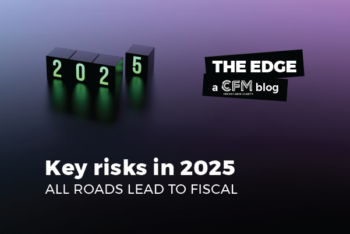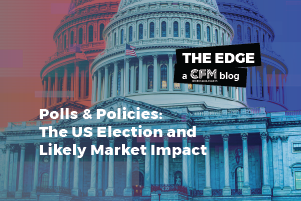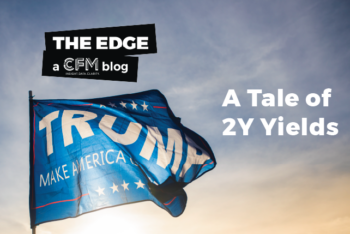Every new year brings a flurry of financial news articles reporting on hedge fund performance and the inevitable “benchmarking” with the S&P 500 1. The US large cap benchmark had another stellar year in 2024 delivering 23% while many multi-strat/multi-manager hedge funds are delivering returns creeping into the double figures, albeit dragged down comparatively by the higher level of hedge fund fees versus the tight margins and low fees of passive index trackers. A number of investors and commentators cry foul of the hedge fund industry and wonder why anybody would bother with the bold and brash hedge fund managers.
Now, of course, it is a brave soul that takes on the role of defender of hedge fund fees in the light of perhaps disappointing aggregate performance delivered but nonetheless, the value of quality2 returns that diversify the likes of the S&P 500 remains high. The S&P 500 has indeed delivered good performance since the Global Financial Crisis (GFC)3 and performed well in particular in 2023 and 2024. Let’s not forget though that through the GFC it lost almost half its value and in 2022 lost about a quarter of its value. This realized performance is perfectly consistent with an Equity Risk Premium of ~5% per year with a volatility of ~15%4 . One can always pick the best periods of performance of an asset or investment and show that is superior to something else. This exercise though is simply one of identifying periods of positive statistical fluctuation. The existence of these fluctuations does not negate the need for diversification. One could indeed look at the returns of all instruments in the portfolio and allocate only to the best performers – the obvious flaw to this logic being that one cannot know causally (ahead of time) which asset will be today’s best performer! Allocating non-causally to performance is simply trend following5 . The selection of the S&P 500 for benchmarking is itself an in-sample choice given that one could also have picked the Russell 2000 (delivering 10% in 2024) or indeed the Eurostoxx (delivering 8.3% in 2024). The frothiness of the AI bubble may yet lead to underperformance in 2025 and therefore the need for diversification remains just as strong as we head into the new year!
We wish our readers, clients and prospects a happy new year and much success in diversifying returns!



